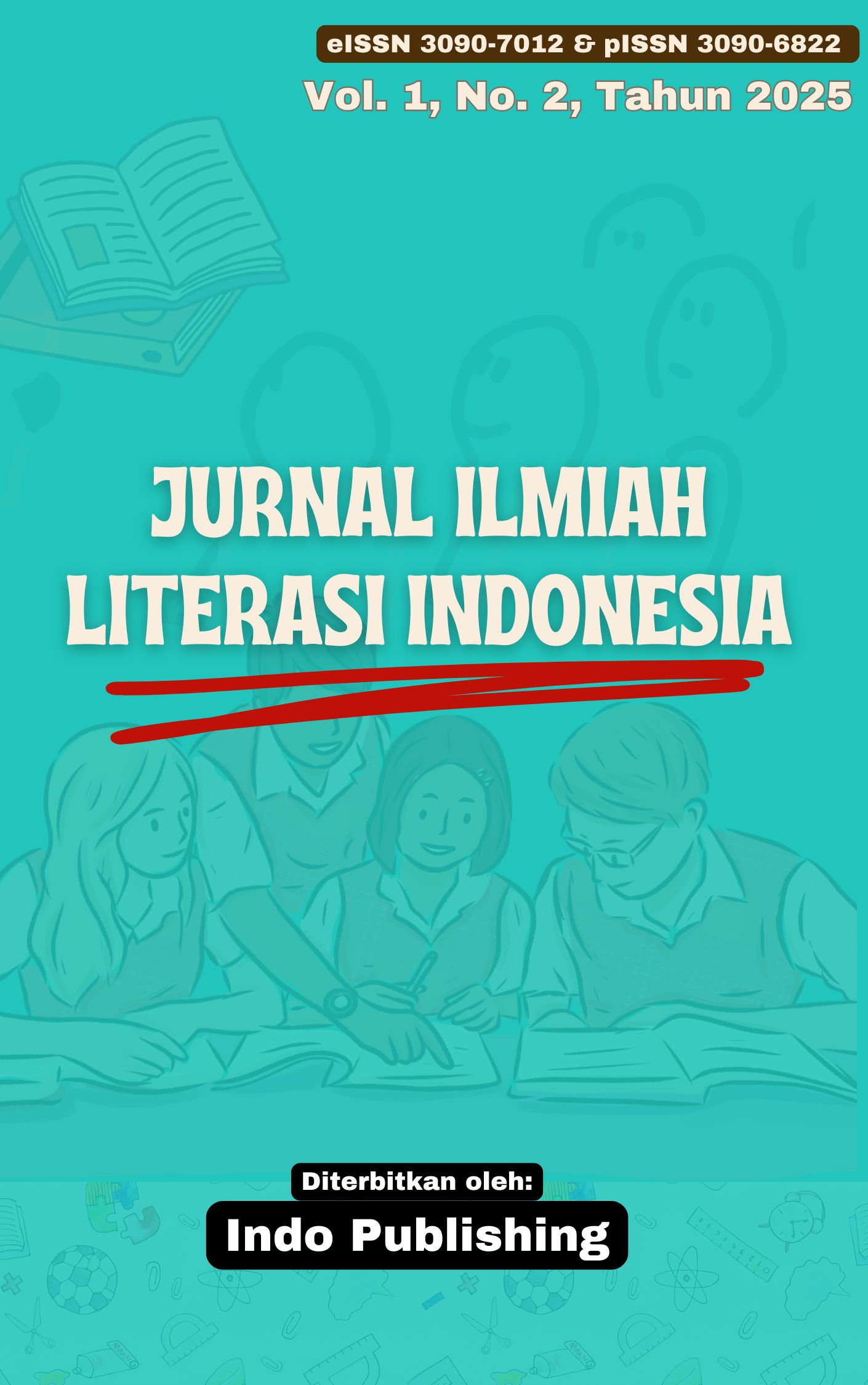Studi Fenomenologis tentang Proses Pemahaman Konsep Limit pada Mahasiswa Calon Guru Matematika
DOI:
https://doi.org/10.63822/kef8gd33Keywords:
LimitPemahaman Konseptual, Representaasi Visual, Calon Guru Matematika, Pembelajaran KonseptualAbstract
Penelitian ini bertujuan untuk mengeksplorasi secara mendalam proses pemahaman konsep limit pada mahasiswa calon guru matematika melalui pendekatan fenomenologis. Data dikumpulkan melalui wawancara mendalam, observasi partisipatif, dan analisis dokumen tugas mahasiswa. Hasil penelitian menunjukkan bahwa pemahaman konsep limit dibentuk melalui interaksi antara representasi visual, simbolik, dan pengalaman diskusi kelas yang difasilitasi oleh dosen. Representasi visual seperti grafik dan animasi membantu mahasiswa memetakan proses limit secara intuitif. Intervensi dosen yang bersifat reflektif dan pemantik menjadi katalisator dalam proses rekonstruksi pemahaman konseptual. Beberapa mahasiswa menunjukkan perkembangan pemahaman yang baik, ditandai dengan kemampuan menjelaskan konsep limit dalam berbagai konteks, termasuk limit tak hingga. Namun demikian, miskonsepsi tetap muncul, terutama dalam mengaitkan konsep limit dengan kekontinuan dan nilai fungsi di titik tertentu. Penelitian ini menyimpulkan bahwa proses pemahaman konsep limit tidak bersifat instan, melainkan memerlukan strategi pedagogis yang mengintegrasikan pendekatan visual, reflektif, dan partisipatif. Implikasi dari hasil penelitian ini dapat menjadi dasar bagi perancangan kurikulum dan metode pengajaran kalkulus yang lebih bermakna.
References
Arslan, C. , & Yildiz, C. (2021). An analysis of university students’ conceptions of the limit. . International Journal of Mathematical Education in Science and Technology, 52(1), 97–116.
Castillo-Garsow, C., Johnson, H. L., & Moore, K. C. (2013). Chunky and smooth images of change. For the Learning of Mathematics, 33(3), 31–37.
Creswell, J. W., & Creswell, J. D. (2017). Research design: Qualitative, quantitative, and mixed methods approaches. Sage publications.
Davis, R. B. , & Vinner, S. (2022). Concept image and concept definition: A revised discussion. . Journal of Mathematical Behavior, 65, 100905., 65, 100905.
Kalogeropoulou, C. , Skoumpourdi, C. , & Tzekaki, M. (2020). Students’ conceptions of limit and their relation with the dynamic approach. . ZDM–Mathematics Education, 52(4), 701–713., 52(4), 701–713.
Larsen, S. , Gire, E. , & Gire, E. ,. (2015). Characterizing the teaching practices of university instructors in a novel inquiry-oriented differential equations course. . PRIMUS, 25(5), 389–412.
Radford, L. (2016). The theory of objectification and its place among sociocultural research in mathematics education. Revista Internacional de Pesquisa Em Educação Matemática, 6(2), 187–206.
Roh, K. H. (2019). Undergraduate students’ difficulties with logical structure in understanding the definition of limit. . The Journal of Mathematical Behavior, 53, 227–243.
Zazkis, D., & Zazkis, R. (2016). Prospective teachers’ conceptions of proof comprehension: Revisiting a proof of the Pythagorean theorem. International Journal of Science and Mathematics Education, 14(4), 777–803.
Downloads
Published
Issue
Section
License
Copyright (c) 2025 Tuty Kurniawaty Saragih (Author)

This work is licensed under a Creative Commons Attribution-NonCommercial-ShareAlike 4.0 International License.




